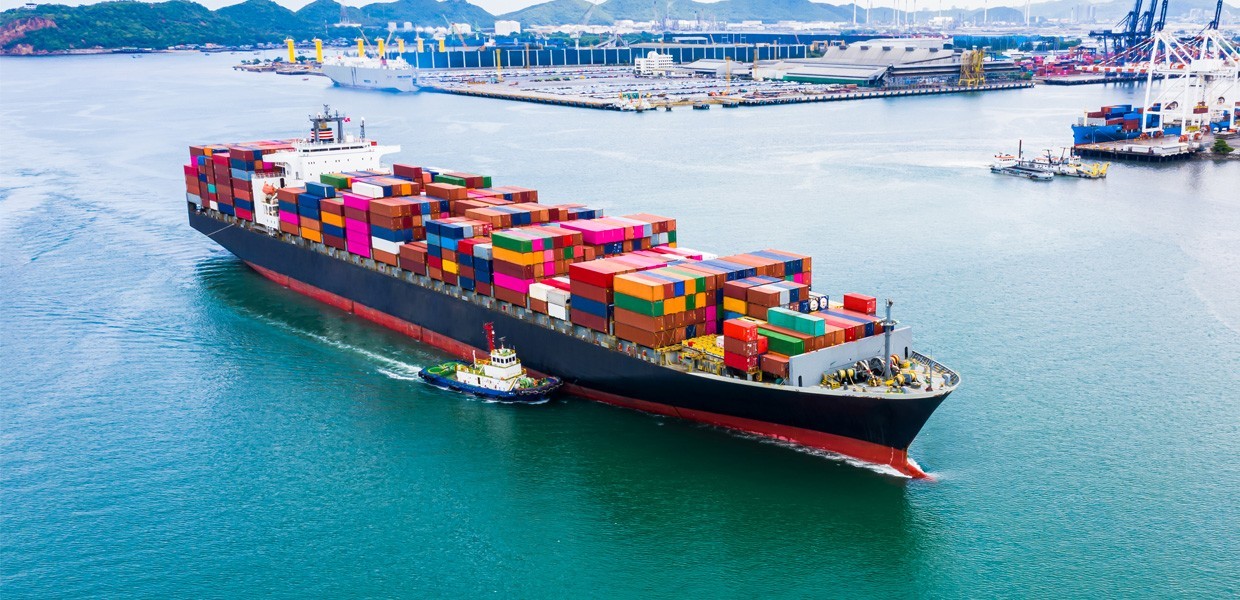Unlocking the Secrets of Sea Freight Tracking: A Comprehensive Guide
In the globalized world of trade and logistics, sea freight remains a crucial component of the shipping industry. However, tracking sea freight can often be a complex and challenging task. This comprehensive guide aims to simplify the process and provide you with the knowledge and tools necessary to track your sea freight with ease and accuracy.
- Understanding the Basics of Sea Freight Tracking
Before delving into the intricacies of tracking sea freight, it's essential to understand the basics. Sea freight tracking involves monitoring the movement of goods shipped via ocean vessels from one port to another. It involves multiple stages, including loading, transit, and unloading.
- Choosing the Right Tracking Tool
To effectively track your sea freight, you need a reliable tracking tool. There are several options available, including online tracking platforms, mobile applications, and even SMS notifications. Choose a tool that offers real-time updates, accurate information, and is user-friendly.
- Obtaining the Necessary Tracking Information
To initiate tracking, you'll need the necessary tracking information, usually a Bill of Lading (BOL) or a House Bill of Lading (HBL). This document contains critical details such as the shipper and consignee's information, the vessel's name and sailing schedule, and the container number. Ensure you have this information before proceeding.
- Initiating the Tracking Process
Once you have the tracking information, you can initiate the tracking process. Enter the tracking number into your chosen tracking tool and follow the prompts to begin tracking. Most tools provide real-time updates, including the current location, estimated arrival time, and any delays or issues.
- Interpreting and Responding to Tracking Updates
As you receive tracking updates, it's crucial to interpret them accurately and respond promptly. For example, if there's a delay, you may need to adjust your plans or communicate with your customers. Understanding the various statuses and messages can help you make informed decisions.
- Advanced Strategies for Efficient Tracking
For even more efficient tracking, consider implementing advanced strategies. For instance, you can set up automated alerts for key milestones, such as when the container has been loaded onto the vessel or is nearing its destination. You can also leverage analytics tools to identify trends and patterns in your shipping data, which can help optimize your logistics operations.
- The Role of Technology in Modern Sea Freight Tracking
Technology is constantly evolving, and it's revolutionizing the way we track sea freight. From IoT sensors that monitor container conditions in real-time to AI-driven analytics that predict shipping delays, the latest technologies are making tracking more accurate, efficient, and convenient. Keep up with the latest trends and consider adopting new technologies to stay ahead in the competitive shipping industry.
In conclusion, tracking sea freight may seem like a daunting task, but with the right knowledge and tools, it can be a straightforward process. By understanding the basics, choosing the right tracking tool, obtaining accurate tracking information, and responding promptly to updates, you can ensure your sea freight reaches its destination safely, securely, and on time. Embrace technology and stay updated with the latest trends to further enhance your tracking capabilities and streamline your logistics operations.

Post Comment